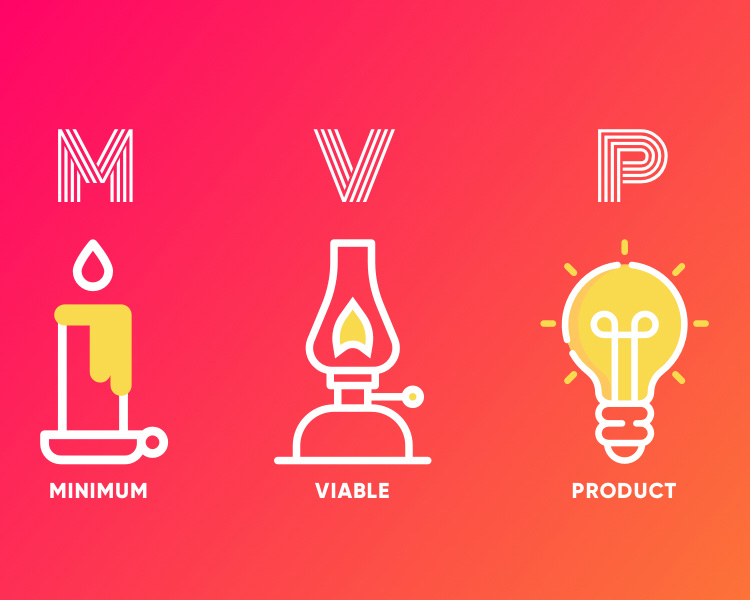A Minimum Viable Product (MVP) is a prototype that allows you to test your idea with real users. It helps you save time and money while reducing risk.
A successful Minimum Viable Product focuses on core features that provide value to customers. It also enables you to gather validated learning and improve your product faster.
1. Identify your target audience
Identifying your target audience is an essential first step to developing your product. It helps you to focus your marketing efforts and improves the chances of making a sale. It also allows you to stand out from the competition, as 76% of consumers love buying from businesses that personalize their experiences.
Your target audience should share common demographic and psychographic traits, such as age, gender, education level, income levels, interests, challenges, goals, and needs. It’s important to note that your target audience and your target market are not the same thing.
Your target audience is a group of people that are most likely to be interested in your product or service, while your target market is the broader group of potential customers. Using market research techniques, such as surveys and interviews, can help you determine your target audience. Creating customer personas is another great way to get a clear picture of your target audience. These personas are fictionalized representations of your ideal customers.
2. Define your product’s value proposition
A value proposition is a powerful tool that helps you position your product within the market. It focuses on how your business provides value to customers and describes the primary benefit that differentiates your product from the competition.
A well-defined value proposition will help you attract customers to your product and increase the likelihood that they will buy it. It can also help you determine if you are on the right track toward product-market fit.
The best way to develop your value proposition is to analyze the pain points of potential customers and define what makes your product unique. This can be done through surveys or by interviewing customers.
Once you have a clear value proposition, it should be incorporated into all of your marketing materials. Add it to your website, integrate it into social media campaigns and share it with prospects via proactive outreach. By integrating your product’s value proposition into your marketing, you will be more likely to create a better experience for your users.
3. Create a prototype
Creating a prototype helps you to determine whether or not your product will actually be useful. It also allows you to test out specific user paths and gather user feedback. You can create a prototype using a variety of tools, from sketches and wireframes to more advanced software.
Alternatively, you can build a physical prototype. This type of prototyping requires a lot more time and effort, but it’s a great way to see how your product will look and feel in the hands of users.
This is also the best time to ask for feedback from potential investors or manufacturers, as it will help you to find out what they need from your product. Observing how they use your prototype can help you to identify weak spots and make necessary improvements, which will result in a better-performing final product. This will save you time, money and energy in the long run. You’ll be able to take your product to market sooner and with more confidence.
4. Test your product
Building a new product is risky. You don’t know how users will respond, and if they don’t like it, you’ll waste your time and money.
The MVP approach aims to avoid wasting resources and minimize risks by testing products before investing in them. It’s a key component of Lean Startup methodology and focuses on validating business hypotheses through customer insight and experience.
One way to test your product is to release a beta version to select users. This will give you early feedback and help you determine whether your product is ready for the market.
Another method is to use social media platforms to promote your product and gather user feedback. This can be a great way to gauge consumer interest and determine which features should be included in your final product. Lastly, you can also test your product with digital prototypes. These tools allow you to create mock-ups and low-fidelity sketches to show the functionality of your MVP to potential consumers.
